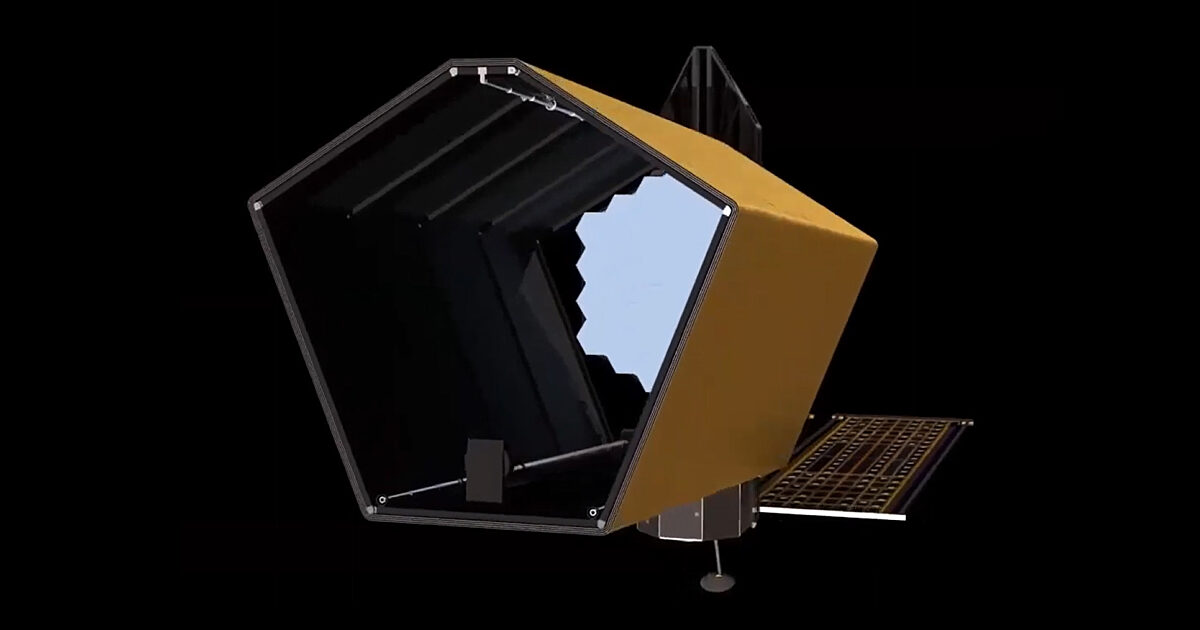Scientists will examine at least 25 potentially habitable worlds to analyze their atmospheres for biosignatures indicating the presence of life. The results of this analysis must be put into context to avoid misinterpretation by non-life processes. Key biosignatures that will be sought during the examination include oxygen, ozone, and methane, among others. To better understand the conditions on exoplanets observed by HWO, scientists will draw upon their knowledge of planets and moons within our own Solar System.
It is important to have a solid foundation of knowledge when searching for life, according to Quick. Understanding how geological processes on Earth-like exoplanets can influence the possibility of life is dependent on understanding how geological activities on Earth and other potentially habitable bodies in our Solar System have impacted their ability to support life over time. The development of necessary technologies for constructing and launching HWO will take several years, but in the foreseeable future, the observatory could focus on a star system similar to our Solar System and potentially uncover the initial signs of life on another planet.
The conceptual work on HWO is advancing with collaboration between two teams: START (Science, Technology, Architecture Review Team) focusing on telescope objectives and TAG (Technical Assessment Group) concentrating on technical requirements. Currently in its pre-formulation phase according to NASA, setting up a project office later this year will transition HWO into “pre-phase A” status.


